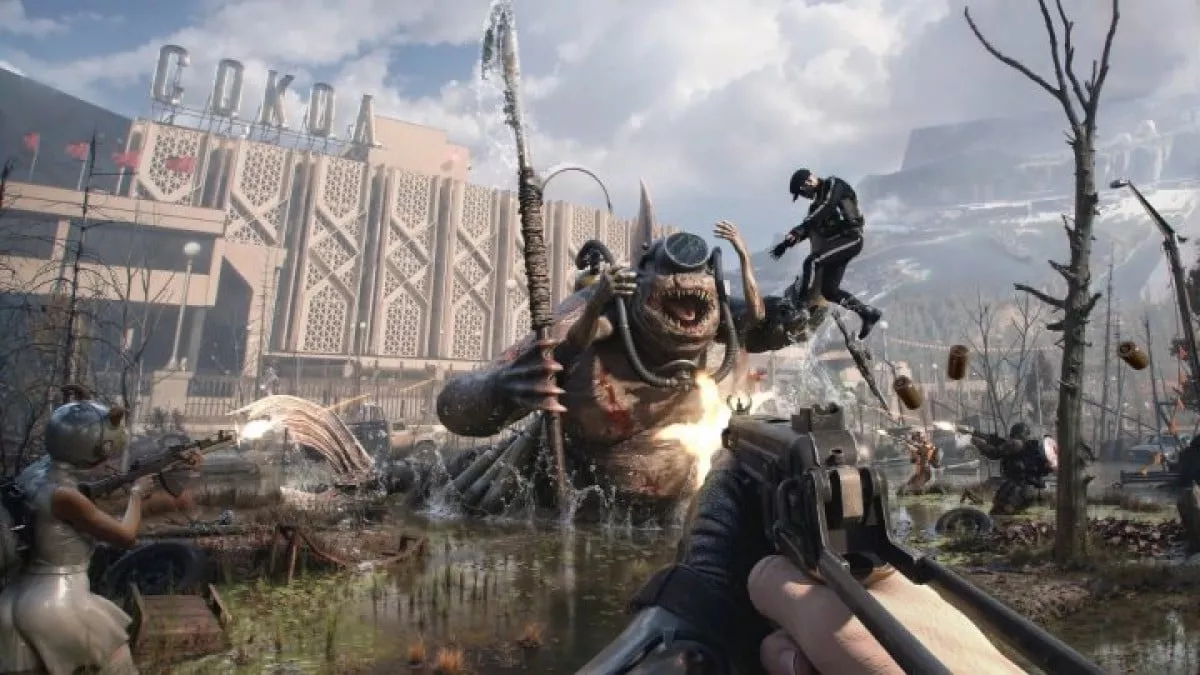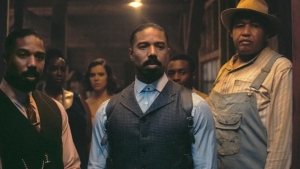
Recently, the advertisement for Mundfish studio's new project The CUBE has been widely discussed in the international gaming community. This was reported by Upl.uz.
One of the locations shown in the promotional materials stands out for its architecture, which closely resembles the building of the State Museum of History of Uzbekistan in Tashkent. On social networks, users compared images from the game’s graphics with photos of the capital’s museum, sparking numerous debates on this topic.
The museum was previously named after Lenin, which raised questions about the developers' sources of inspiration. Mundfish studio, widely known for the game Atomic Heart, announced The CUBE project as an experiment.
According to official information, this is a multiplayer shooter whose events take place in the “Atom world” several years after the previous game. The main plot is mysterious and revolves around a floating cubic object in the sky, attracting the attention of leading scientific institutes worldwide, including staff familiar from the Atomic Heart game.
In a recent interview, Mundfish founder Rob Bagratuni revealed some details about the concept. According to him, the world-builder idea originated from a phone conversation and was sketched on paper based on the grid of the game “noughts and crosses.”
This sketch evolved into the concept of a large rotating structure, inside which landscapes and entire biomes constantly change. This mechanic is considered a serious technical challenge.
The developers emphasize that The CUBE will be the first stable online project with geometry that dynamically changes in real time. Mundfish aims to implement an approach similar to the technological revolution during the Crysis era, reconsidering the principle of static game worlds common in many games.
Against the backdrop of such a major statement, the depiction of the Tashkent museum building, constructed in the style of former Soviet modernism, in the game trailer draws special attention. This suggests that the development team may have drawn inspiration from examples of Soviet architecture widespread in the territories of the former union when creating The CUBE’s visual style.
This approach was also present in the Atomic Heart game, but the appearance of a well-known landmark of our capital was unexpected for many and became a source of local pride. Although The CUBE is presented as an independent game, Mundfish representatives emphasize that many plot connections and references will be left for loyal fans.
This may encourage some players to revisit the original story. Additionally, Mundfish continues working on its other major project, Atomic Heart 2.
Currently, it has reached the “vertical slice” stage, demonstrating a fully functional part of the game mechanics. More information is expected to be released in the near future.
This demonstrates the studio’s ability to develop two major projects simultaneously within a single overarching plot. However, it is The CUBE game, which visually references Tashkent, that has caused the greatest resonance in the Central Asian internet segment today.
The current building of the Uzbekistan History Museum was designed by architects Yevgeniy Rozanov and Vsevolod Shestopalov and is one of the brightest examples of Soviet modernism in Central Asia. Its cube-shaped building is covered with white Nurata marble and, due to its complex interior layout, was nicknamed the “Lenin’s home” during the Soviet era.







